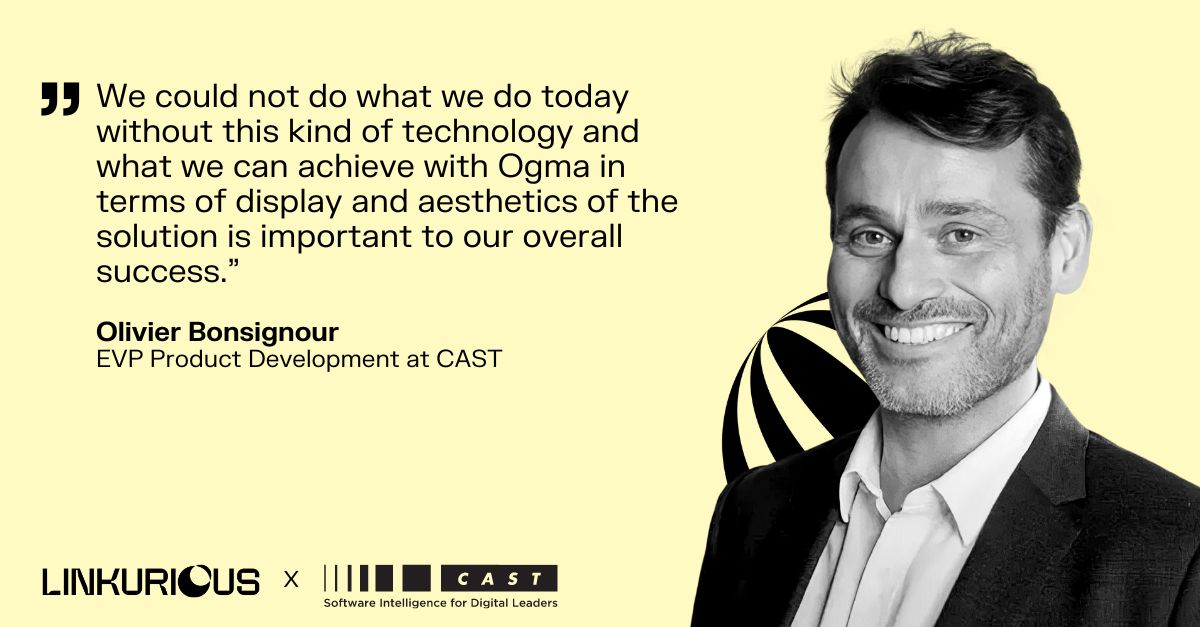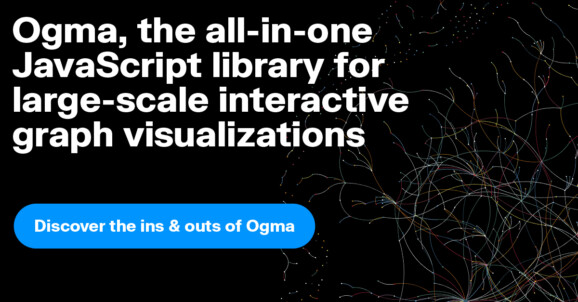If you’re building an app that requires visualizing large amounts of connected data, you may be considering using a JS graph library to help you visualize and interact with your data. A JS graph visualization library can help you effectively visualize and interact with your data, solving common business and technical challenges across industries and organizations.
Read on to discover why a JS graph visualization library is the key to meeting your data visualization needs.
In recent years, the amount of data generated has catapulted to around 2.5 quintillion bytes each day (1). With so much data at hand, making sense of it all poses a real challenge to organizations. Yet being able to use that data is essential to deriving real business insights and making more informed decisions as a result.
By utilizing a JS graph library within your application, you’re able to create rich and customized graph data visualizations for your audience, and enable them to visually navigate data and zero in on the information that’s most relevant. Analyzing your data becomes much less of a daunting task. You’ll be able to unlock new insights that may have previously gone unnoticed.
It’s no secret that building an application from scratch is a time-consuming process. Depending on the resources available and the expertise of developers, it can take anywhere from a few hundred to several thousand development hours. Testing and iterating on different ideas can also add to the time and effort needed to build an app that meets your expectations.
With a JS graph library, you can cut down on development time and ease the workload required to develop and integrate network visualization capabilities into your application. JS libraries allow you to test new ideas and expand on existing ones by simply adapting the existing code to your needs.
In addition to this, documentation is often included with JavaScript libraries to help guide developers. Ultimately, by reducing the time it takes to launch an application and the resources required to do so, the time-to-market speed and cost savings can provide a major competitive advantage. This translates to more opportunities to expand on existing projects or explore new endeavors and can positively impact your bottom line.
The ability to make data exploration accessible to your end user is essential in adding value and improving the overall experience of your application. With a JS graph library, you’re able to implement out-of-the-box functions and features that allow your users to more easily interact with their data at scale. Moreover, it’s possible to enrich your visualizations with components that help end users communicate their findings.
CAST provides products that generate software intelligence, with a technology based on semantic analysis of software source code and components. Their technology automatically “understands” custom-built software systems and provides insights into their inner workings with MRI-like precision.
To achieve greater software intelligence, CAST needed a solution that could handle the complexities of today’s modern software systems in terms of both volume and performance. Leveraging Ogma, an all-in-one JavaScript library for large-scale graph visualizations, helped them to achieve this much faster and with greater ease.
By leveraging graph technology, mapping different software dependencies becomes much easier and faster to use and gain real insights from. It provides a powerful and flexible way to model, analyze, and visualize complex relationships between software components. In fact, one CAST client even noted that what once was taking 3-4 days to accomplish could now be done in just 3-4 hours.
“We could not do what we do today without this kind of technology,” says Olivier Bonsignour, Head of Product at CAST. “And what we can achieve with Ogma in terms of display and aesthetics of the solution is important to our overall success.”

If you’re starting to dive deeper into your decision making process, we’ve also put together a list of some of the most popular JS graph libraries to visualize your graph data. It’s a good place to start for a high-level comparison of graph libraries. We also wrote a starter guide for developers on JS graph libraries for network visualization.
You can also check out Ogma, the all in one JS graph visualization library from Linkurious for large-scale, interactive graph visualization.
(1) https://explodingtopics.com/blog/big-data-stats
A spotlight on graph technology directly in your inbox.
